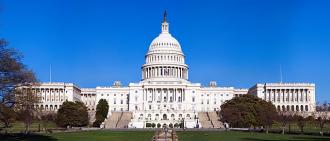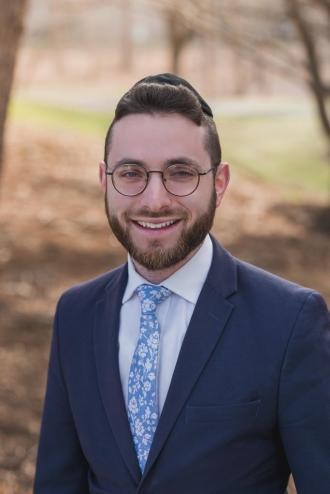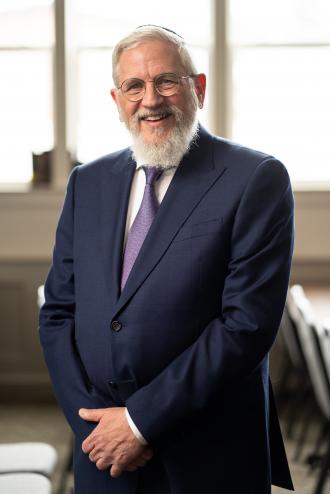Childhood exposure to secondhand smoke is linked to lung disease decades later, according to a study published Thursday by the American Cancer Society.
For 22 years, researchers have been following more than 70,000 adults who have never smoked. At the beginning of the study, they were asked whether they lived in a household with a smoker while they were children. Those who did were 31 percent more likely to die of chronic obstructive pulmonary disease (COPD). This is the first study to find a correlation between the two.
“We know that children exposed to secondhand smoke are more likely to have lung problems, asthma,” said Ryan Diver, the director of data analysis at the American Cancer Society and lead author of the study.
The surgeon general defines secondhand smoke as both the smoke from the burning cigarette and the smoke exhaled by smokers. “Whether you are young or old, healthy or sick, secondhand smoke is dangerous,” the surgeon general’s report said, “no amount of secondhand smoke is safe.”
“There is evidence that secondhand smoke is even more detrimental than smoking. A lot of cigarettes have filters. So it [secondhand smoke] can be more detrimental in that regard,” said Geetha Raghuveer, a pediatric cardiologist at the University of Missouri at Kansas City School of Medicine.
“We need to be aware of the effects of secondhand smoke; they appear to be long lasting. We need to continue to reduce our exposure of it,” Diver said.
Michael Eriksen, a former director of the Centers for Disease Control and Prevention’s Office on Smoking and Health who was not part of the study, said the most important finding was that “childhood exposure to secondhand smoke increased the risk of death from COPD as an adult. That hasn’t been established before.” Most of the research on secondhand smoke looks at the immediate effects on children or adults.
The COPD mortality increase found in the study may amount to about seven additional deaths per year for every 100,000 participants. The study found slight increases in other health risks. The good news is that the study, while finding increased risk of death from one lung disease, did not find an association with cancer or heart disease, said Eriksen.
Diver said that many people in the study were born in the 1920s and ’30s.
“Your parents didn’t intend to put you at risk. That was the culture, the norm, back then,” Eriksen said.
Smoking habits changed over generations, and cigarette use peaked in the 1960s and has been declining since. Secondhand smoke exposure has decreased in the United States since the 1980s, due to the public health efforts to change rules governing smoking in public areas.
“For parents, the implication is don’t smoke at home and don’t smoke around your kids,” Eriksen said.
(c) 2018, The Washington Post · Kate Furby















